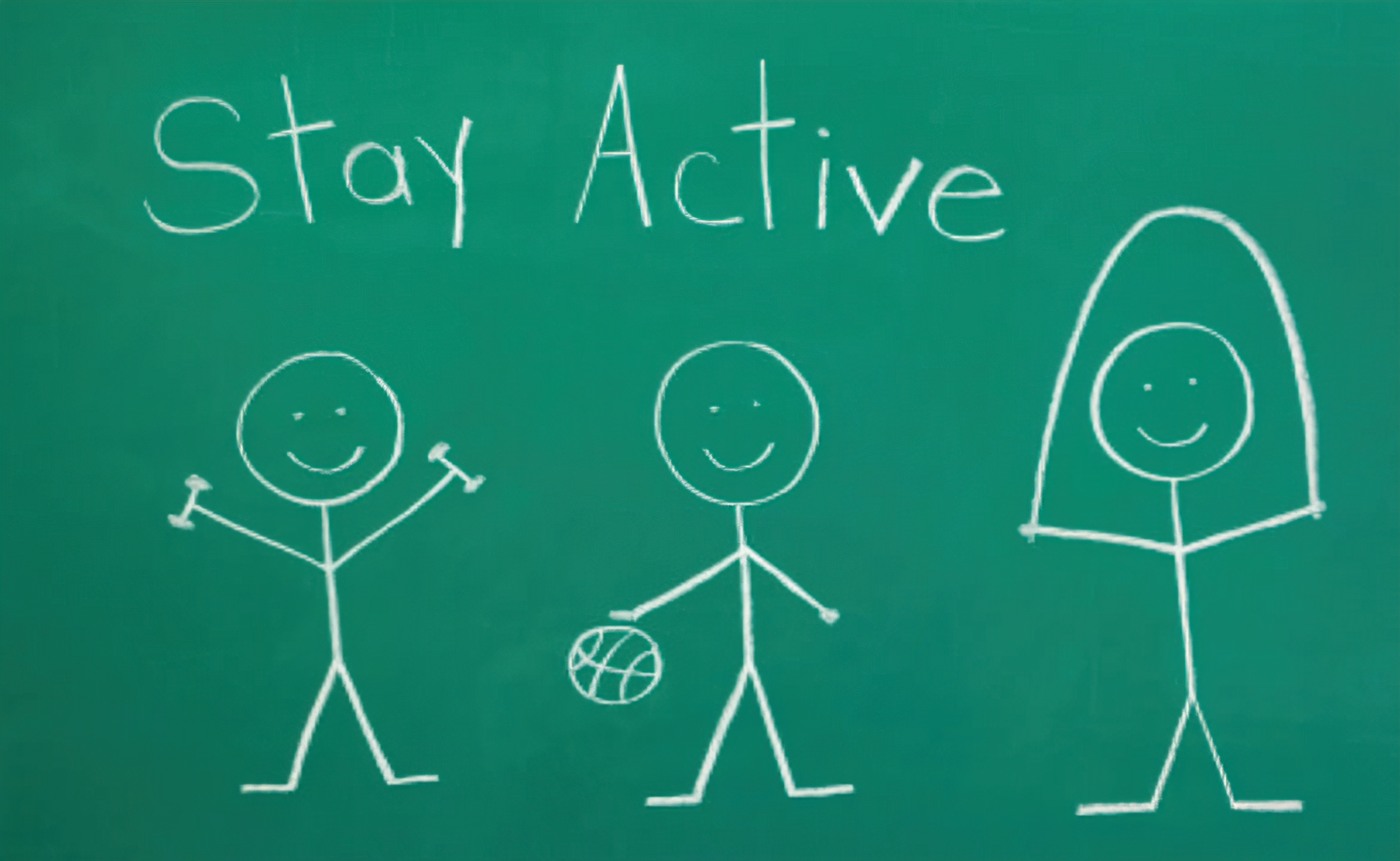Cravings can be your body’s way of telling you what it needs, but it’s not always that simple. Often, they’re influenced by psychological factors, such as stress or boredom, as well as physiological ones. When faced with a craving, it’s crucial to distinguish between genuine hunger and a simple desire for comfort food.
- Why Do We Crave Certain Foods?
- Hydrate to Control Cravings
- How to Stay Hydrated
- Mindful Eating for Craving Control
- Techniques for Mindful Eating
- Incorporating Balanced Meals
- Planning Your Meals
- Tips for Overcoming Cravings
- Replace Not Restrict
- Stay Active
- Structuring Your Eating Schedule
- Meal Prep for Success
- Conclusion: Dealing with Cravings
Why Do We Crave Certain Foods?
Why do we crave fatty, salty, or sugary foods, even when we’re trying to stay healthy? Many factors contribute to cravings, such as deficiencies in certain nutrients, hormonal changes, and emotional states. Understanding the reasons behind your cravings can help manage them better.
Hydrate to Control Cravings
Believe it or not, thirst can often be mistaken for hunger. Our body sends mixed signals when it needs water, which we may interpret as a food craving. Ensuring that you stay properly hydrated throughout the day can significantly help manage these false hunger signals.
How to Stay Hydrated
Start your day with a glass of water. Try drinking a full glass before meals, as it aids digestion and can help control your appetite. In addition, infusing your water with fruits, herbs, or cucumbers can add a touch of flavor and make drinking water more enjoyable.
Mindful Eating for Craving Control
Mindful eating is the practice of paying full attention to the experience of eating and drinking, both inside and outside the body. It involves noticing the colors, smells, flavors, and textures of your food; chewing slowly; getting rid of distractions; and learning to cope with guilt and anxiety about food.
Techniques for Mindful Eating
One of the primary ways to practice mindful eating is to eat slowly. This gives your brain the time it needs to receive signals from your stomach that it’s full. Another technique is to focus on the food itself – its taste, texture, and aroma.
Incorporating Balanced Meals
Maintaining a balanced diet is an essential aspect of managing food cravings. When your body is receiving all the necessary nutrients, it’s less likely to crave unhealthy foods.
Planning Your Meals
Plan your meals around lean proteins, whole grains, fruits, vegetables, and healthy fats. A balanced, nutritious diet can help prevent nutritional deficiencies that trigger cravings. Plus, regular meals and snacks can keep your blood sugar stable, reducing the likelihood of experiencing cravings.
Tips for Overcoming Cravings
Just because you’re on a fitness diet doesn’t mean you have to deprive yourself completely. A few alterations can make a world of difference. It’s all about balance.
Replace Not Restrict
Instead of trying to ignore a craving, find a healthier alternative. This method is less about restricting yourself and more about replacing less healthy options with nutrient-rich alternatives. For instance, if you crave something sweet, opt for a piece of fruit instead of a candy bar.
Stay Active
Physical activity can help curb cravings and reduce desire for unhealthy foods. Next time you’re struggling with a craving, try a quick workout or even a brisk walk.
Structuring Your Eating Schedule
Having a consistent eating schedule can help manage hunger and keep your metabolism stable. You’re less likely to snack on unhealthy foods when you have planned meal and snack times.
Meal Prep for Success
Meal prepping ensures you have healthy, balanced meals readily available. This can be particularly beneficial when cravings strike as you have a go-to alternative that’s in line with your diet plan.
Conclusion: Dealing with Cravings
Food cravings are a common obstacle when following a fitness diet. However, understanding why cravings happen and implementing strategies such as staying hydrated, practicing mindful eating, and having balanced meals can help manage these cravings. Remember, a fitness diet isn’t about restricting, it’s about making healthier choices to fuel your body in the best way possible. You can enjoy your favorite foods and still stay on track with your fitness diet.
Remember, each person’s body responds differently to various foods and diets. What works for one person might not work for another. Therefore, it’s crucial to listen to your body and consult with a healthcare professional or a registered dietitian to ensure you’re meeting your nutritional needs while following a fitness diet.
Your relationship with food should be nourishing and enjoyable. Adopting these strategies can help you maintain a healthy diet and lifestyle, without giving in to detrimental food cravings.